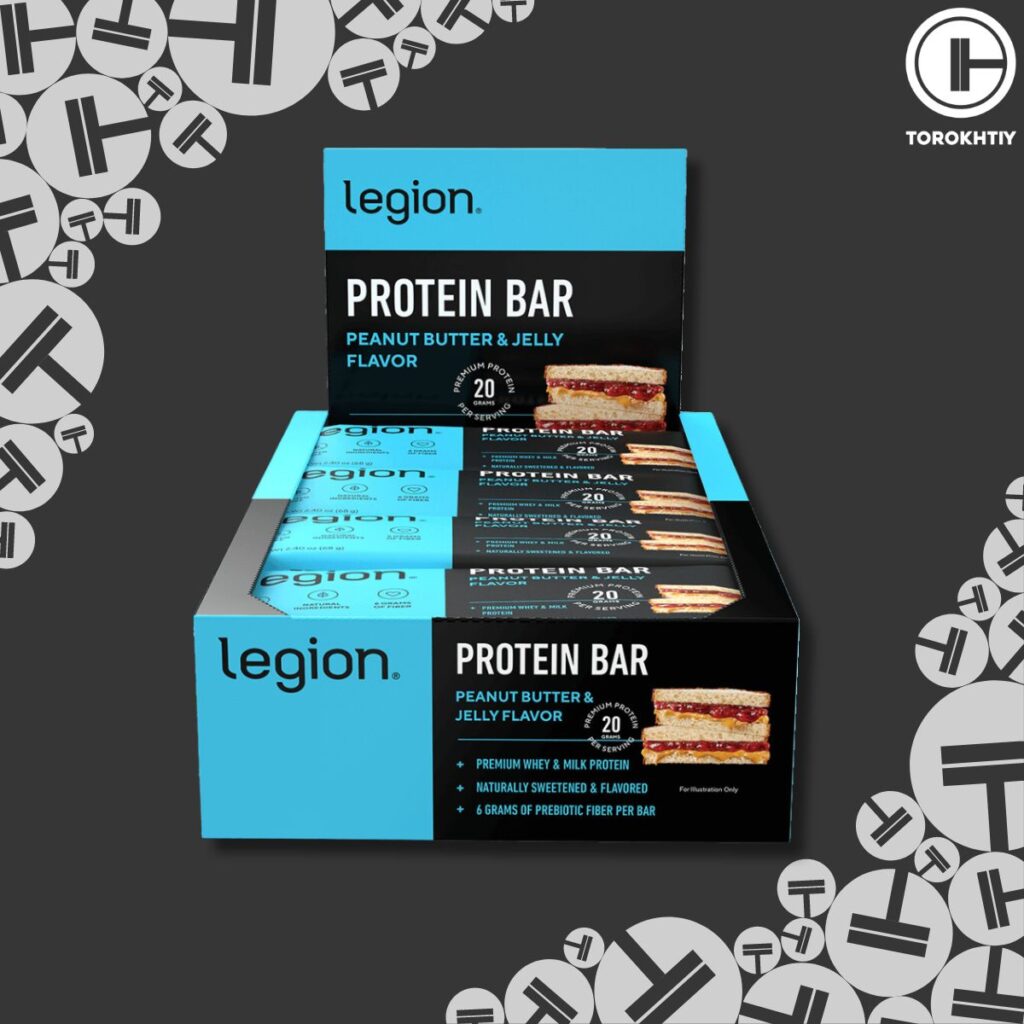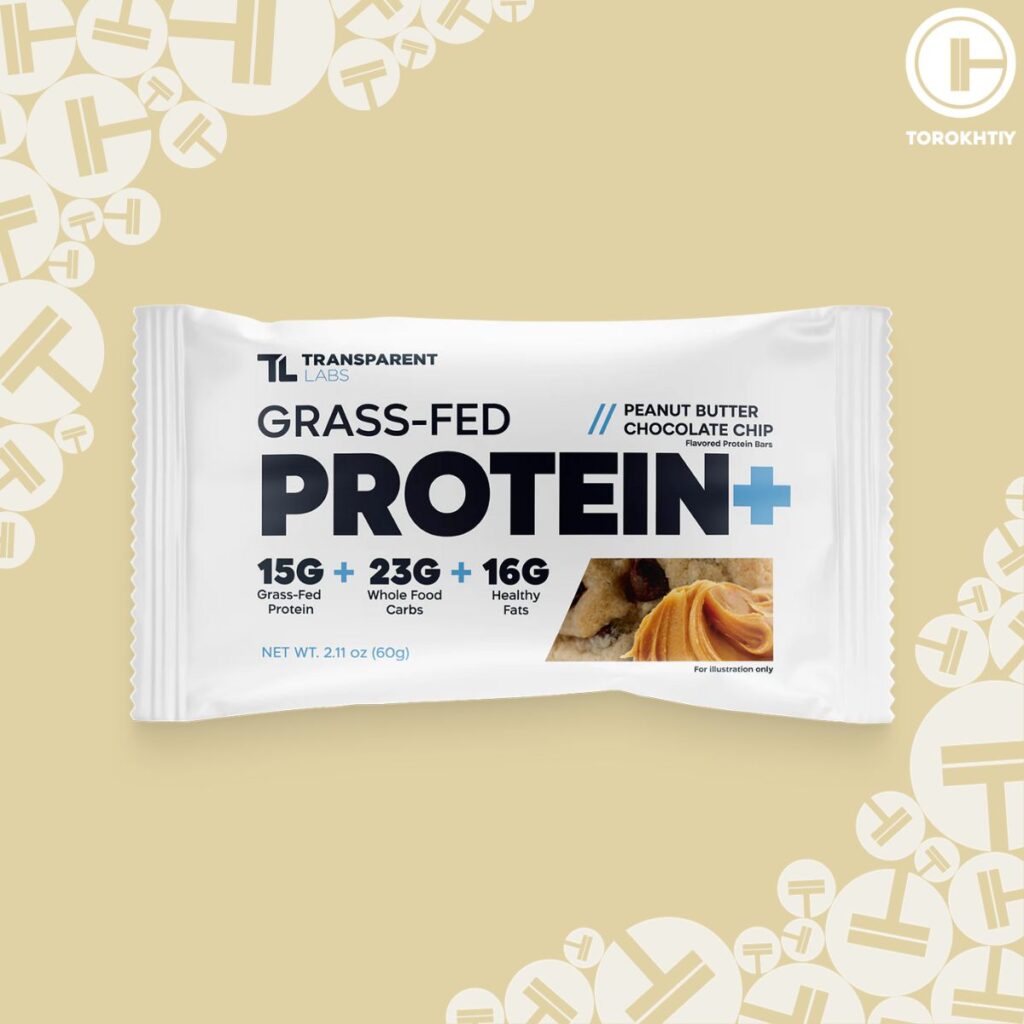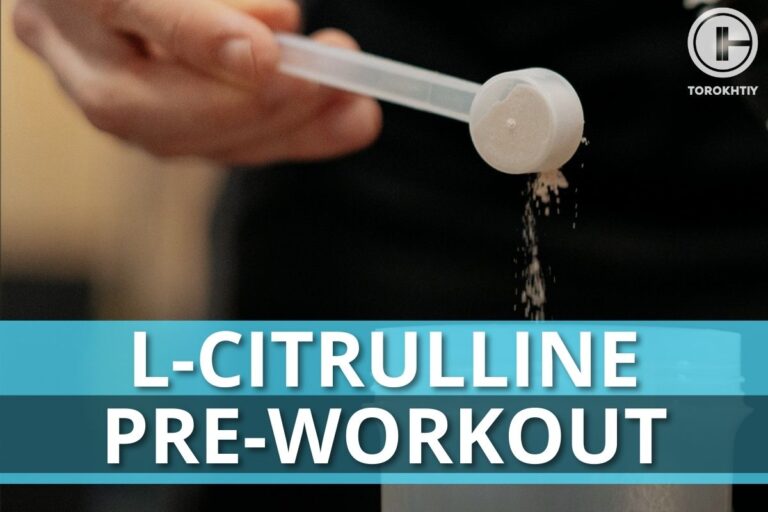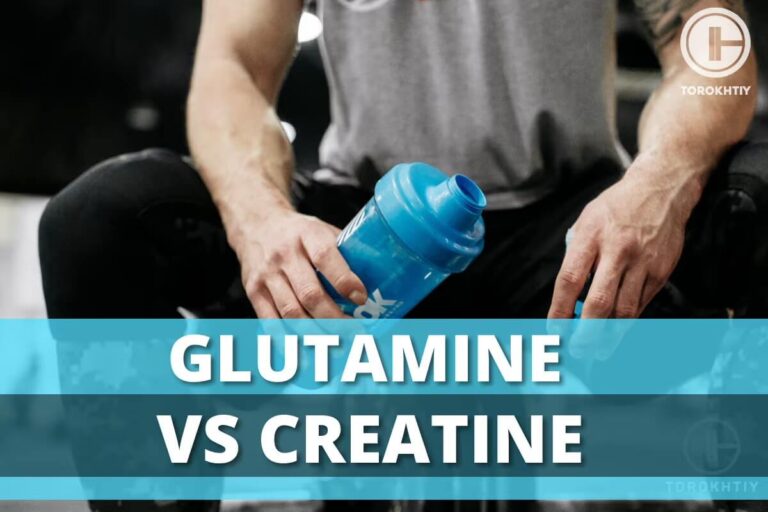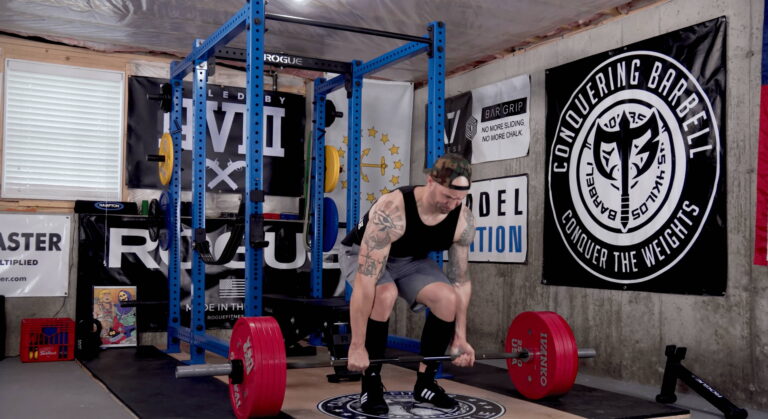When Should You Eat Protein Bars for Best Results
Many fitness enthusiasts and even pro-athletes want to hear a clear and unambiguous answer to the question: “when should you eat protein bars”. Can they be eaten for breakfast, or is it better to save them for a snack? Or maybe you should reserve a place for a bar before or after workout? After all, is there even a best time to eat a protein bar? You will find the answer to all these questions from this article.
When should you eat protein bars mainly depends on your personal preferences. Should you eat a protein bar before or after a workout is also not a deciding factor, but if you eat it before training, you should consider the amount of fiber and fats, as well as the timing.
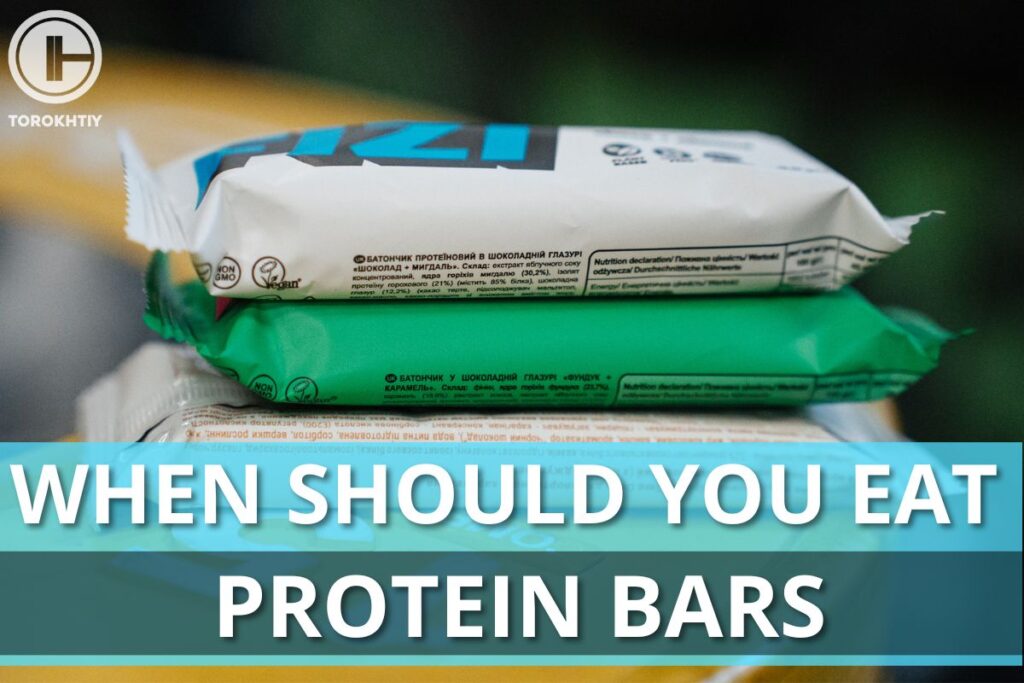
When Should You Eat Protein Bars (Different Scenarios Are Considered)
A well formulated protein bar can be a great addition to your diet. Especially if you have high protein needs or want a tasty snack that contains a significant amount of protein.
In addition, a protein bar is a good alternative to chocolate bars or other sweets. After all, some protein bars are in no way inferior in taste to chocolate or other “non-protein” bars. At the same time, a good protein bar obviously wins in terms of protein and fiber content, and of course, in satiating potential.
So is there a best time for protein bar? Most of us buy protein bars to solve a specific task – to get a serving of protein in a convenient and tasty form. At the same time, protein is protein, regardless of the part of the day in which we consume it. So I don’t see exactly what meal or what part of the day is exclusively suitable for eating protein bars. And keep in mind that the key factor when it comes to protein is your total daily amount.
Below I will go over possible options for using protein bars.
1. For Breakfast
If you don’t have time to prepare the protein part of your breakfast or you just don’t have the appetite for “standard breakfasts” like spinach omelet, I don’t see a problem with providing the protein part of your breakfast with a protein bar. Depending on the specific product and the amount of protein in it, a protein bar can act as both the main source of protein and an additional one.
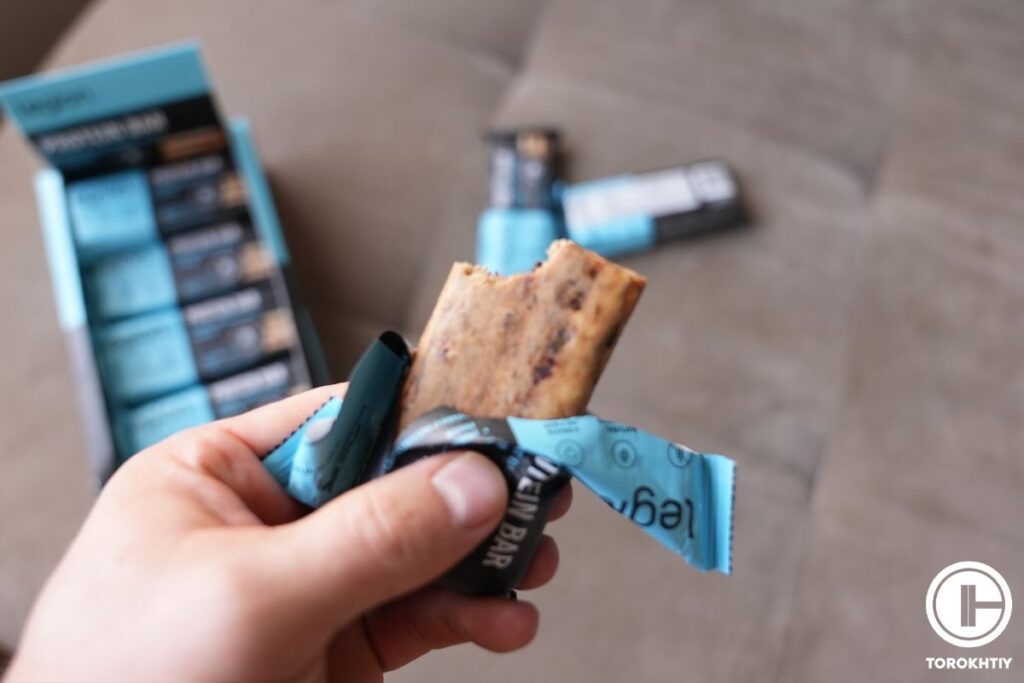
By choosing bars with at least 15 g of protein per serving, you can combine it with another high-protein product, such as Greek yogurt. This way you can get the amount of protein that will fit in the range for maximum stimulation of muscle protein synthesis. This range is 20-40 grams of protein per serving, or at least 0.4 g of protein per 1 kg of body weight, increasing to 0.6 g for older adults.
Depending on the composition of the bar in the context of fiber, carbohydrates and fats, you can add a source of fiber (like a cup of raspberries and a few baby carrots), as well as fats (for example, a small handful of hazelnuts). In this way, you can organize a nutritious, healthy, filling and tasty breakfast!
2. Eating Protein Bar Before Workout
Like any other food with protein and carbs, eating bar before a training session will contribute to maintaining physical performance, and will also help to maximize adaptations to training.
However, it is worth considering the amount of fiber and fat in the bar to avoid or at least minimize possible GI discomfort, because fiber and fats slow down digestion. As a general rule, the more fiber and fat in a protein bar, the more time should pass between its consumption and the start of training.
For example, if your last meal before a workout is just a protein bar, then you can eat it ~40-60 minutes before your workout and track how you feel while doing the exercises. If you experience GI discomfort with this timing, then you can increase the interval between eating the bar and the start of the training session, or save the bar for another part of the day.
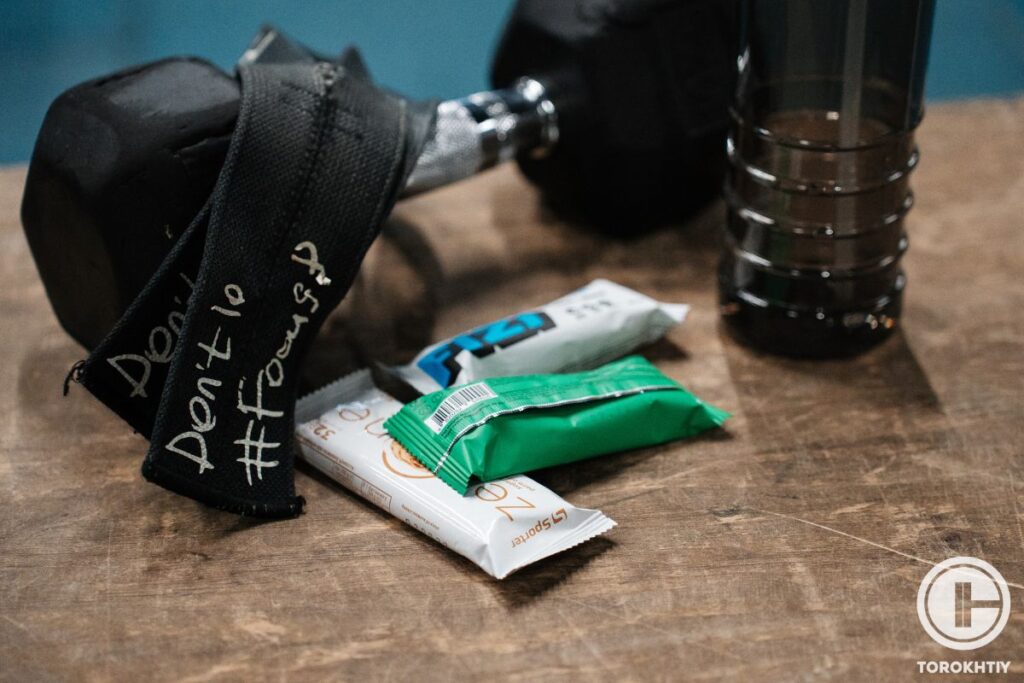
Experiment and choose a pre-workout meal (type of food, macronutrient composition, total volume of food as well as timing) that will not make you feel uncomfortable, but will give you energy for your workout.
In general, the answer to the question “are protein bars good before a workout” depends on the specific person, the specific bar (especially in the context of fiber and fat content) and the timing of consuming the bar in relation to the start of the workout. It may be a great pre-workout snack for some, but not for others.
3. Protein Bar After Workout
You can also use a protein bar in your post-workout meal. Especially if you don’t have the opportunity to eat a mixed, “traditional” meal.
In addition to being a snack option, you can also use a protein bar with another protein source. Just like the breakfast example we discussed above. For example, you might eat a mixed meal that includes pasta, baked turkey, and salad, and have a protein bar for dessert. In this way, you can easily satisfy the need for a relatively large portion of protein, for example, 45-50 g of protein in one meal.
So should you eat a protein bar before or after a workout? There cannot be any strict rules here. You should be guided by your personal preferences and convenience, as well as gastrointestinal tolerance.
4. As a Snack Between Main Meals
A well-formulated protein bar can be a great option for a hunger-satisfying snack. Especially at that time of day when you may feel a strong craving for something sweet.
If you want to eat only a protein bar for a snack, then when choosing it you need to pay special attention not only to the amount of protein, but also to the amount of dietary fiber. The more fiber in a bar, the more satiating potential it has.
For even better satiety in a snack, you can combine a protein bar with sliced vegetables. For example, you can make a mix of sliced pepper and cucumber, which can be sprinkled with lemon or lime juice. First eat the vegetable mix, and then eat the bar. In this way, you can get a filling snack with a relatively low calorie content, especially if you choose a protein bar with a calorie content of up to 200 kcal.
Tips for Choosing Protein Bar
I think you’ve already gotten some key clues from the information above. However, below I will list all the main factors that you should pay attention to when choosing a well formulated bar.
1. Consider the Protein per Bar
For starters, a protein bar should contain a significant amount of protein. Aim for 12g per bar as the bare minimum, although the best options are bars with 15-20 or more grams of protein per serving.
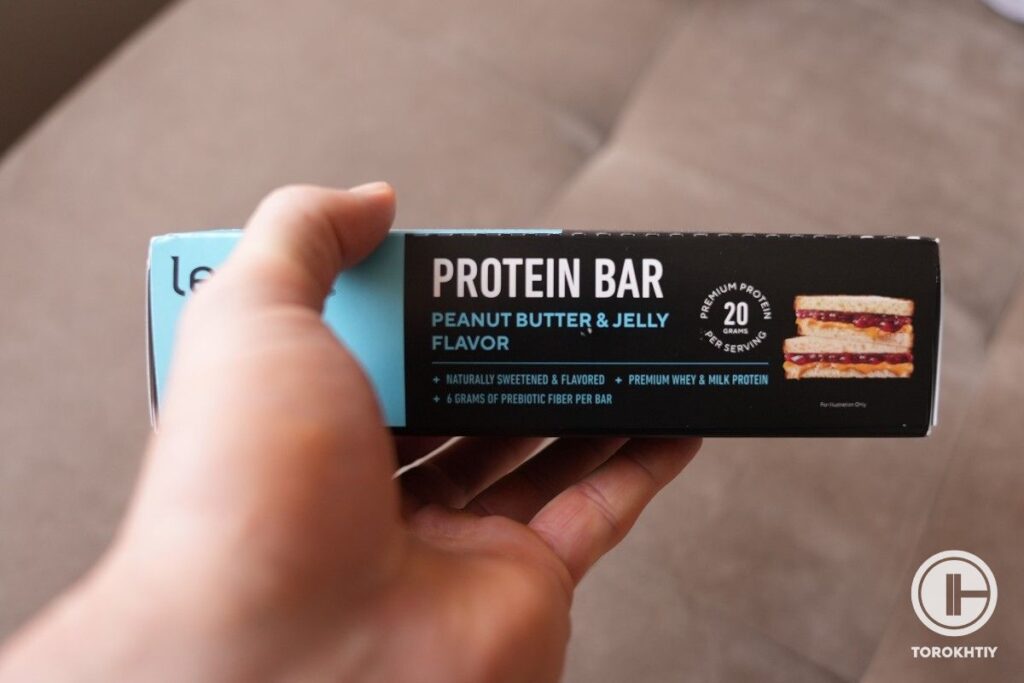
2. Consider the Calories per Bar
Based on your specific goal (maintain weight, lose weight, or gain muscle mass), you should choose a bar that will not interfere with, but will contribute to maintaining your calorie needs.
For example, if your goal is to lose weight, the best options are bars with no more than 200 kcal per serving. Note that bars under 200 calories usually have the least amount of fat and carbs, including added sugar. These are the macronutrients that you need to pay special attention to.
Tip: Usually bars with up to 200 kcal per piece contain 5-9 grams of fat and 15-25 grams of carbohydrates (including 0-5 grams of added sugar). When choosing a relatively low-calorie bar, pay attention to these macronutrients.
When maintaining weight or gaining muscle mass, you have more room for calories and therefore you can choose bars with a calorie content of up to 200 kcal, 250 or even 300 kcal per serving. However, this does not mean that in this case you can ignore the amount of fiber, added sugar, saturated fat and sodium per bar. When choosing bars, it is always better to choose the healthiest option.
3. Consider the Amount of Fiber
If the bar has a lot of fiber per serving, that’s great. With the exception of a pre-workout snack, I would not recommend protein bars that contain less than 3-4 grams of fiber. Remember that more fiber isn’t always better, as in the case of a pre-workout snack where too much fiber can cause gastrointestinal issues during exercise.
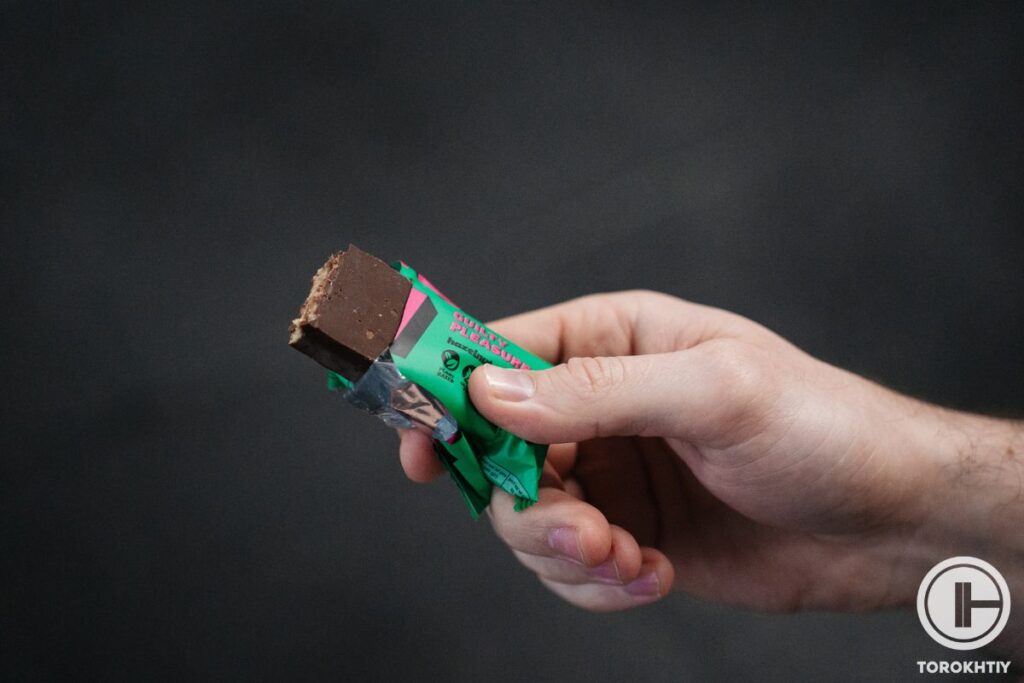
You can find bars with 10-15 or even more grams of fiber. However, if the bar contains 5 or more grams of fiber, it can already be considered a great option.
As a general rule of thumb, I suggest a pre-workout snack bar that is relatively low in fiber, while for other meals, a bar that contains 5 or more grams of fiber per serving is best.
Remember, that sudden increase in the amount of fiber in your diet can cause gas and other gastrointestinal symptoms. That’s why it’s important to add fiber gradually while drinking plenty of fluids.
4. Pay Attention to the Amount of Added Sugar, Sodium and Saturated Fat
In general, it’s best to choose bars that have zero to a few grams of added sugar, as well as less saturated fat and sodium per serving.
5. Be Aware of Sugar Alcohols (Polyols)
In order to improve the taste of the bars, but not to add a significant amount of added sugars and to reduce the calorie content of the bar, manufacturers can add sugar alcohols. However, in some people, their consumption can cause increased gas formation, bloating and even diarrhea, and the greater the amount of sugar alcohols, the higher the risk.
Special attention should be paid to mannitol and sorbitol. Manufacturers of products that contain them are required to indicate on the packaging a warning that their “excessive consumption may have a laxative effect”.
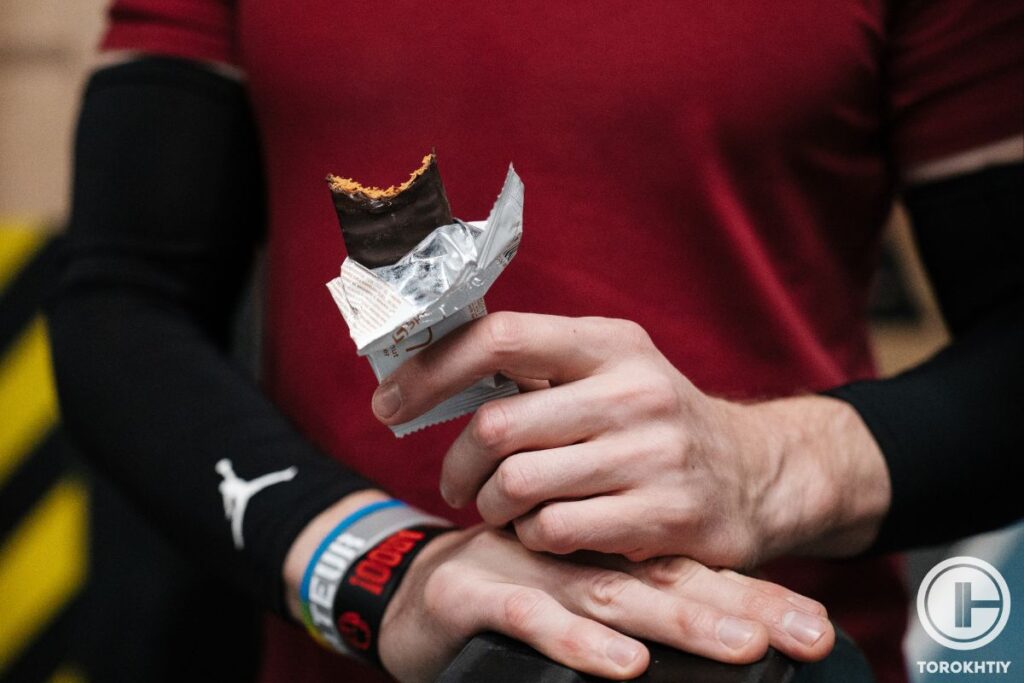
There is an individual threshold at which certain sugar alcohols can cause problems in the gastrointestinal tract of some people. That is, the presence of sugar alcohol in the bar itself is not a guarantee that these problems will definitely occur. But it is worth considering, especially for people with irritable bowel syndrome, who may experience symptoms from consuming fewer polyols than healthy people.
How Often Should You Eat Protein Bars?
There are several factors that determine the answer to this question. However, the key is your daily protein needs, how often you need a convenient protein snack, and your personal preferences. If you’re struggling to meet your daily protein needs from whole foods, or you just want a high-protein sweet option, you can include a well formulated protein bar each day.
Under conditions of weight maintenance or a hypercaloric diet, the minimum daily protein requirement for maximizing muscle growth and strength is 1.6 g of protein per 1 kg of body weight (with a general range of 1.6-2.2 g of protein per 1 kg of body weight).
It is important to consider the specific bar, as there are better options for regular consumption that are high in protein and fiber, but low in added sugars, low in sodium and lower in saturated fat.
Protein Bars We Recommend
Legion protein bar
- Protein Source: Protein Blend (Whey Protein Concentrate, Milk Protein Isolate, Whey Protein Isolate)
- Flavors: Blueberry Muffin, Chocolate Chip Cookie Dough, Chocolate Peanut Butter, Peanut Butter
- Vegan: No
- Protein per bar: 20g
- Fats per bar: 11-12g
- Carbs per bar: 24-29g
- Fiber per bar: 6-9g
- Added Sugar: 3-4g
- Sugar Alcohols: Erythritol
- Calories per bar: 240-250
- Sodium per bar: 150-170mg
- Bars per Package: 12
- Bar Weight: 63-68g
- Price per Bar: ~$3.33
- Recommended by Athletes: Gage Clark, Grant Tinsley, Machaela Brabham
One of my favorites is the Legion protein bar! Key benefits include: 20 grams of protein, at least 6 g of fiber (depending on the taste, the total range is from 6 to 9 g), a lot of calcium and potassium, and no more than 170 mg of sodium!
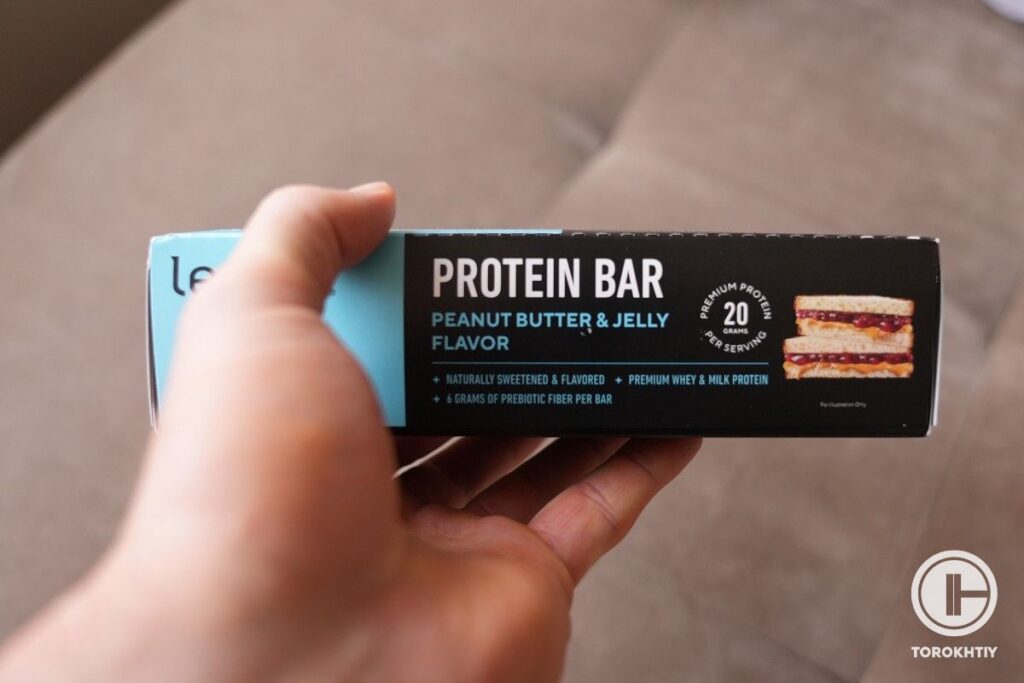
If you’re looking for a tasty peanut butter bar with great texture, I recommend the Transparent Labs bar. This is a good option for those who gain muscle mass. However, this is not the best option for a low-calorie diet.
Transparent Labs bar
- Protein Source: Grass-Fed Whey Protein Isolate
- Flavors: Peanut Butter Chocolate Chip
- Vegan: No
- Protein per bar: 15g
- Fats ber bar: 16g
- Carbs per bar: 23g
- Fiber per bar: 3g
- Added Sugar: 5g
- Sugar Alcohol: No
- Calories per bar: 280
- Sodium per bar: 280mg
- Bars per Package: 12
- Bar Weight: 60g
- Price per bar: ~$3.33
- Recommended by Athletes: Hafthor Bjornsson, Paul Sklar, Sean Harris
FAQ
What Is the Best Time to Eat a Protein Bar?
There is no best time to eat a bar. You can eat it for breakfast (combined with other protein sources to get the required total protein per meal), before or after a workout, or save it for a snack.
Is It Ok to Eat a Protein Bar Everyday?
Yes, eating one well formulated protein bar per day can be a convenient snack and/or may help meet your protein needs.
Is It Ok to Eat 2 Protein Bars a Day?
If you have really high protein needs, this might be an option. However, the absolute majority of your daily protein needs should come from whole foods. You can also use protein powders, which can contain almost pure protein with no added sugar, as well as zero to minimal fat.
If you still want to eat 2 protein bars every day, don’t forget that there are many bars on the market that are loaded with added sugar, saturated fat, and sodium. Choose the best options from the available ones based on tips you have seen above.
Conclusion
A protein bar can help you meet your daily protein needs, and can also be a great option for dessert or a tasty snack. When choosing the best time to eat your bar, be guided by your personal preferences, convenience and gastrointestinal tolerability.
And by what criteria do you choose protein bars? Share with us in the comments!
References:
- R. Jäger, Chad M. Kerksick et al., “International Society of Sports Nutrition Position Stand: protein and exercise”, Journal of the International Society of Sports Nutrition, vol. 14; 2017,
- Chad M. Kerksick, Colin D. Wilborn et al., “ISSN exercise & sports nutrition review update: research & recommendations”, Journal of the International Society of Sports Nutrition vol. 15; 2018,
- C. Ruiz-Castellano, S. Espinar et al., “Achieving an Optimal Fat Loss Phase in Resistance-Trained Athletes: A Narrative Review”, Nutrients. 2021 Sep; 13(9),
- “Chart of high-fiber foods”, Mayo Clinic (https://www.mayoclinic.org/healthy-lifestyle/nutrition-and-healthy-eating/in-depth/high-fiber-foods/art-20050948, accessed Marth 2, 2024),
- C. Fitch, K. S. Keim, “Position of the Academy of Nutrition and Dietetics: Use of Nutritive and Nonnutritive Sweeteners”, J Acad Nutr Diet; 2012 May; 112 (5),
- A. Lenhart, W. D. Chey, “A Systematic Review of the Effects of Polyols on Gastrointestinal Health and Irritable Bowel Syndrome”, Adv Nutr. 2017 Jul; 8(4),
- B. J. Schoenfeld, A. A. Aragon, “How much protein can the body use in a single meal for muscle-building? Implications for daily protein distribution”, Journal of the International Society of Sports Nutrition vol 15; 2018.
- Photos made by Torokhtiy Media Team.
Why Trust Us?
With over 20 years in Olympic Weightlifting, our team does its best to provide the audience with ultimate support and meet the needs and requirements of advanced athletes and professional lifters, as well as people who strive to open new opportunities and develop their physical capabilities with us.
By trusting the recommendations of our certified experts in coaching, nutrition, dietology, and sports training programming, as well as scientific consultants, and physiotherapists, we provide you with thorough, well-considered, and scientifically proven content. All the information given in the articles concerning workout programming, separate exercises, and athletic performance, in general, is based on verified data. We ensure that you can rely on our professionals’ pieces of advice and recommendations that can be treated as personalized ones which will benefit you and fully meet your needs.
The product testing process is described in more detail here
Author: Oleksandr Maksymenko
Certified Sports Nutritionist,
MSc Sports Dietetics
Specializing in: Weight management, Fitness / Sports nutrition
Oleksandr is a professional fitness nutritionist certified by the Fitness Professional Association (FPA). He follows the principles of evidence-based dietetics and fosters a healthy relationship with food in his clients, ensuring there are no strict prohibitions on their favorite foods or frequent lapses. His primary goal is not only to achieve results for you but also to sustain them over the long term, all while enjoying tasty and delicious food.

